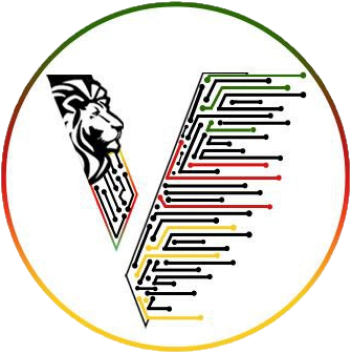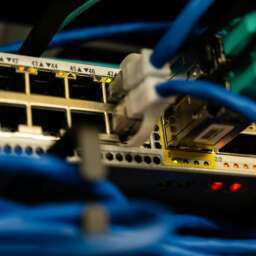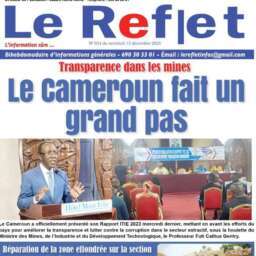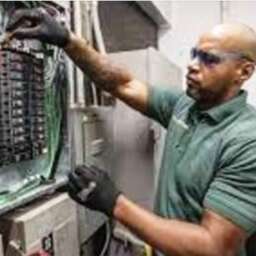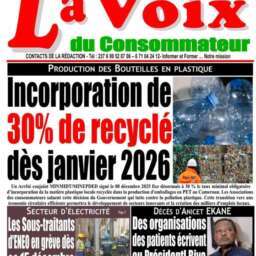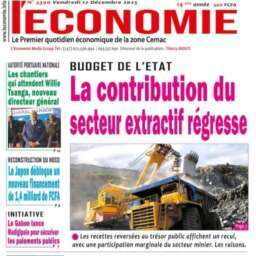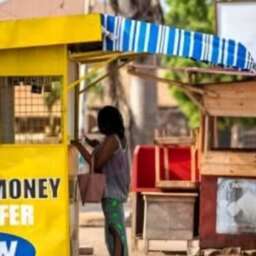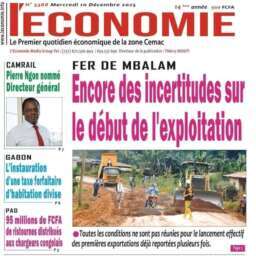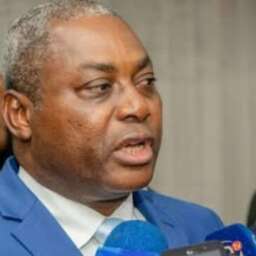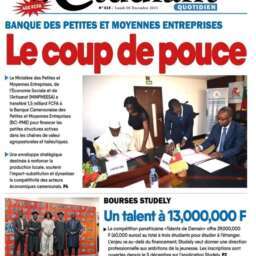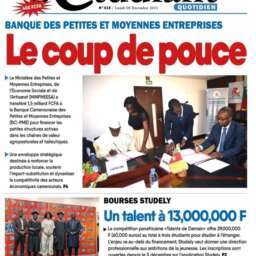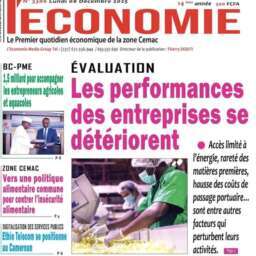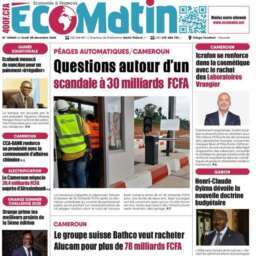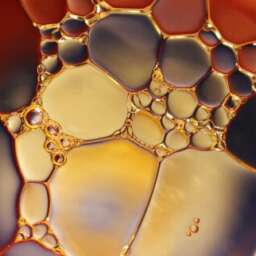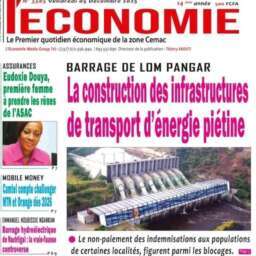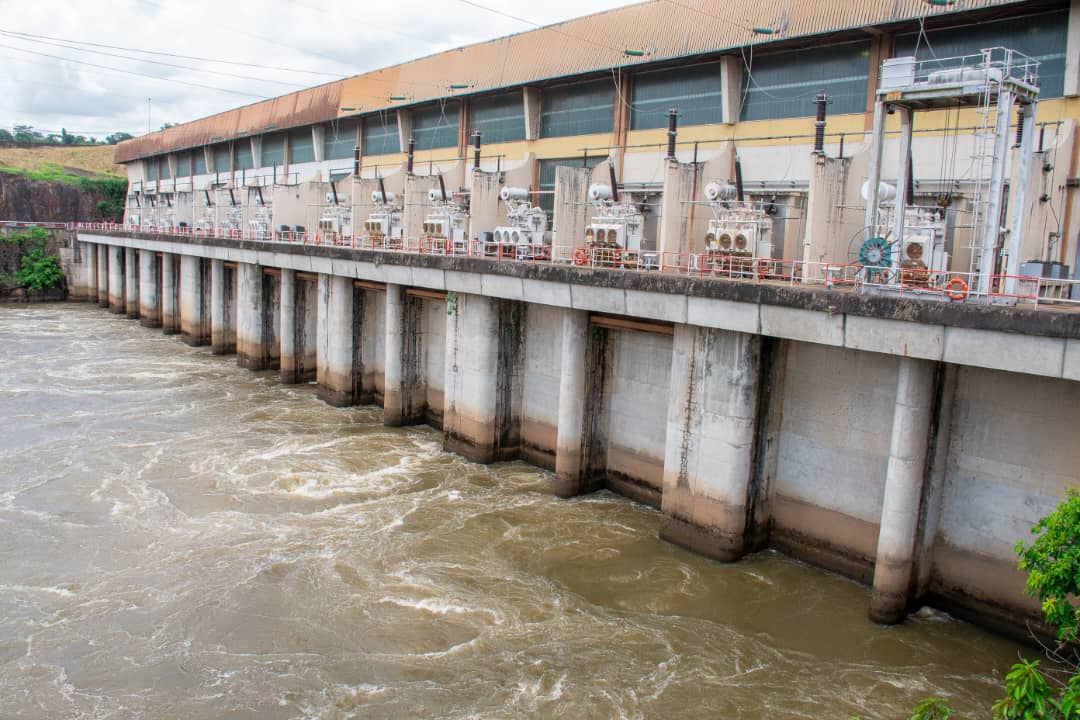For many years, the Songloulou hydroelectric plant has remained a reference in the production and distribution of electricity in Cameroon, meeting the needs of consumers since 1975.
With the creation of new dams to meet growing demand, the Songloulou hydroelectric facility continues to make a vital contribution to the energy injected into the hydropower main system.
During a visit to the Songloulou dam on May 8, 2025, personnel at the facility provided statistics which indicates that the hydroeclectric plant produces 35% of the overall electricity in Cameroon. The staff walked the reporters through the operations, explaining how each of the components contribute to the commanding impact the Songloulou dam makes.

Out of the three hydropower plants (Songlooulou, Edea and Nachtigal) that Cameroon’s Southern Interconnected Grid (SIG) depends on, Songloulou is the leader. Data from 2015 to 2025, shows that the installed capacity of the Songloulou plant is 384 Megawatts (MW), that means all its machines have a generation capacity of 384 MW (8 units of 48 MW each). This means Songloulou can inject up to 384 MW into the system depending on consumer demand via the transmision and distribution networks.
The maximum capacity of the Songloulou hydropower plant is known to have always been above its installed capacity of 384 MW, with the plant sometimes generating 400 MW. The utilization rate of Songloulou machines which is one of the highest in the world is around 90%, Eneo indicates.
According to its 2024 record, Songloulou came first with 38% of the total SIG generation (384 MW of installed capacity, Edea came with 25% (276 MW), and Memve’Ele with 12%.

Between January and April 2025, Songloulou has remained the leader with 35%. However, the Nachtingal dam with 420 MW, recently commissioned, and on 31%, is becoming a key player.
Reacting on the challenges that the Songloulou dam has faced so far, Director, Amadou Biyou, said they are “very vigilant” to ensure that the dam keeps functioning and “remains stable.”
One of the major challenges that the dam has faced over the past years, is the Alkali-Granulate Reaction (AGR), detected as early as in the 1980s. It manifests through cracks, swelling of concretes, and reduction in equipment clearances. The AGR is a globally recognized risk for old dams.
The measures taken at Songloulou include; Hydro-Quebec studies, sawing of blocks and waterproofing among others, though it will require continuous investment, operators at Songloulou said. It was also indicated that the electricity production is only done with respect to the demand, while noting that there is a need to now consider other renewable energy sources like the solar and wind to meet growing demand.
